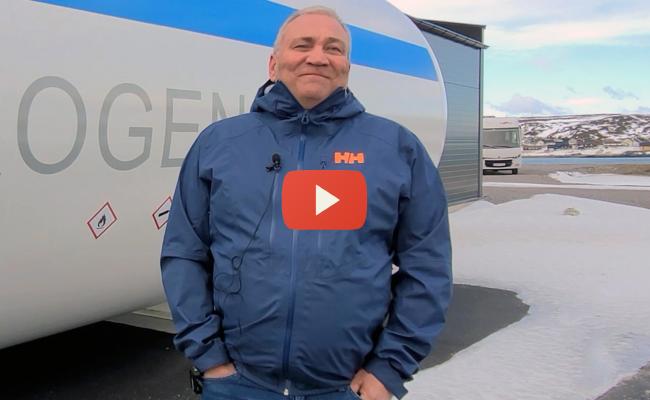Svalbard: Testing Rock Heat on New School Building
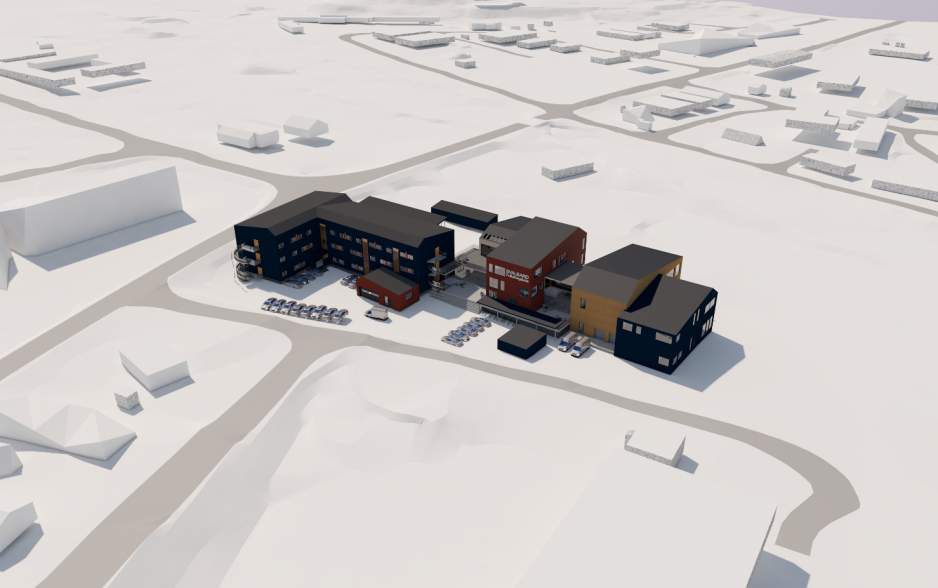
This is how the new folk high school building at Sjøskrenten in Longyearbyen is envisioned. Store Norske wants to explore whether it is possible to exploit rock heat, heat produced continually from the core of the earth, to heat the building. There is a constant flow of heat energy from the inner parts of the earth towards its colder outer crust. At Longyearbyen, the temperature one kilometer beneath the permafrost is approximately 44 degrees. (Illustration: Link arkitektur)
Store Norske wants to heat the new folk high school building in Longyearbyen exploiting energy from the depths of the earth. The company has also applied for funding for a major cooperation project on energy research.
Store Norske has received NOK 800,000 in funding from Enova to find out whether it is possible and viable to heat the folk high school in Svalbard using rock heat produced deep inside the earth.
Longyearbyen is well suited, according to Geologist and Academic Project Manager Malte Jochmann of Store Norske. Temperatures increases up to 44 degrees per kilometer in the depth of the earth. By comparison, the ground 1.5 kilometers below ground at Oslo Airport Gardermoen holds some 27 degrees.
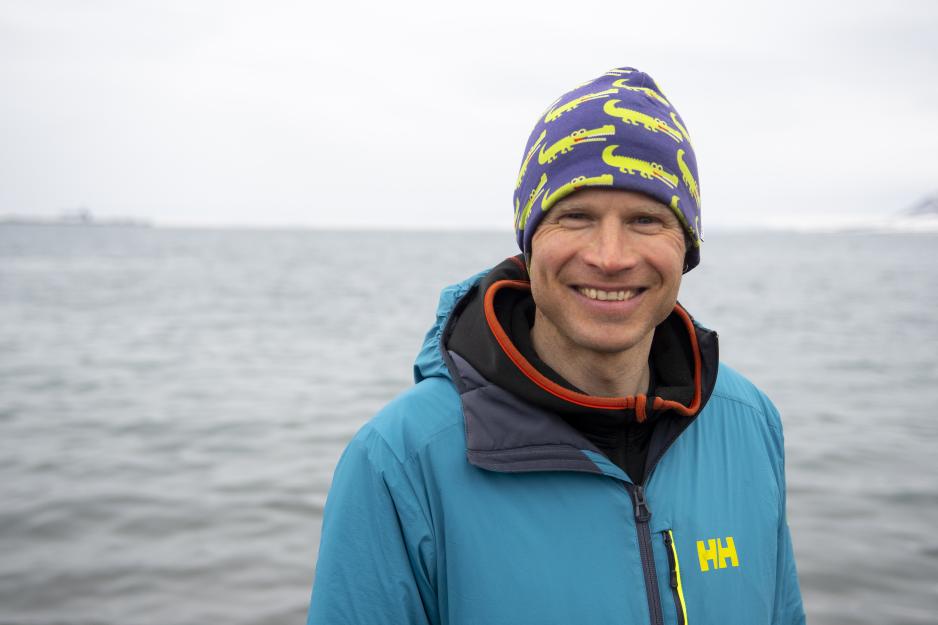
Malte Jochmann is a senior geologist at Store Norske and the academic project manager for heating the folk high school. (Photo: Line Nagell Ylvisåker)
“Finding out how we can avoid permafrost thaw in the area will be an important part of the work in Longyearbyen”, says Jochmann.
If permafrost thaws, that may lead to the ground sinking and for clay and gases to start moving.
Store Norske will explore solutions found in a.o. the oil industry in Alaska and Siberia.
“Most likely, we will proceed with a model for active cooling, i.e. feeding pipes that are insulated with cold loops on the outside, or a solution with cooling wells around the production well itself”, the geologist says.
May go quickly
During 2021, the project group is to calculate a price per kilowatt hour for rock heat. If it proves viable, establishing the well may not take long.
“The folk high school campus is to be built next year. In a best-case scenario, we can start drilling as early as then. However, as the area is connected to the central heating grid in tow, starting the job at the same time is not a critical factor. Rock heating may be attached later on”, says Jochmann.
The folk high school is a test project that will also demonstrate whether or not it may be possible as well as viable to exploit rock heat for all of Longyearbyen.
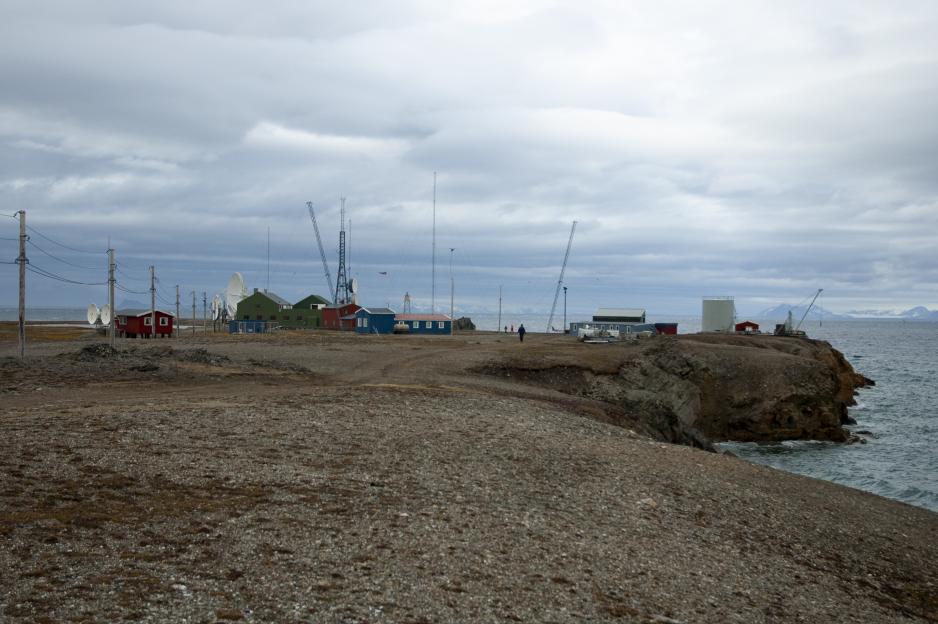
The old radio station Isfjord Radio at Cape Linné at the outskirts of the Ice Fjord is owned by Store Norske. The old radio station is currently a wildlife hotel. Store Norske is testing its new energy solutions here. (Photo: Line Nagell Ylvisåker)
What will it take to connect the whole town to rock heat?
“We will have to drill deeper. Perhaps we then discover opportunities we are unaware of until we start drilling. Perhaps there is hot water in the ground that we can pump up. That would give a much higher effect”, Jochmann tells High North News.
Store Norske cooperates with Geothermal Energy Nordic and the University Center in Svalbard on the project.
Along with the Store Norske project involving deep rock heat, down towards 2,000 meters below the ground, Longyearbyen Local Council is working to find out whether it is possible to use shallow rocks for storing energy, like in a thermos.
Also read
Going into energy systems
The geothermal project is part of Store Norske’s initiative to develop independent, renewable energy systems that can be sold to other remote Arctic areas. Most of these currently operate on diesel.
Store Norske is already involved with an energy solution for the Isfjord Radio Hotel, which it owns. There, the company wants to phase out diesel and rather use solar and wind energy. Store Norske is currently building batteries and a thermal storage at Isfjord Radio. Later this summer, it will set up a temporary facility for solar cell panels on the sauna while waiting for permission from the Directorate for Cultural Heritage to set up solar cell panels on the station itself.
“With solar cell panels on the sauna, we collect data on solar production, and we can program solar cells into the hybrid energy control system”, says Guttorm Nygård, who leads the Store Norske energy initiative.
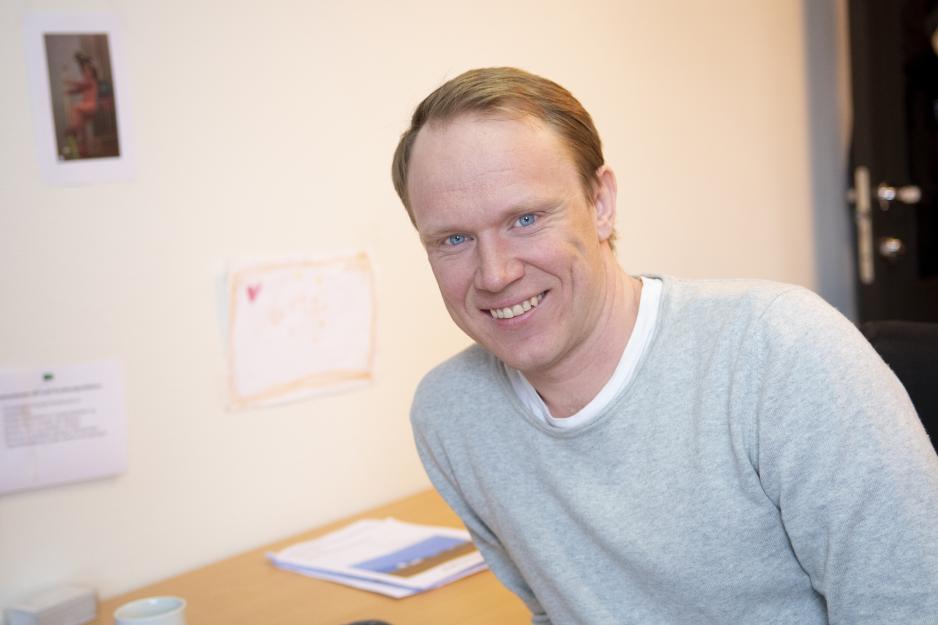
Guttorm Nygård leads the Store Norske energy initiative. (Photo: Line Nagell Ylvisåker)
In a longer-term perspective, swapping the diesel aggregates with for instance a hydrogen solution to make the whole plant emission-free may be an option.
Major application to the Norwegian Research Council
In addition to these two specific projects, Store Norske has applied to the Norwegian Research Council for funding for its major initiative Grønn platform [Green Platform], related to renewable energy in Arctic communities. The project has a total cost estimate of NOK 160 million over three years.
“That fits perfectly with the transition in which both Store Norske and Longyearbyen find themselves”, Nygård says.
He states that the project will contribute to basic research on, amongst others, the effects of renewable energy, production solutions, social effects, as well as framework and market conditions for making renewable energy competitive compared to diesel.
Hoping for a boost
The project also involves establishing a node for the catapult community Sustainable Energy at Stord. The goal is to set up a test center for hydrogen production in Svalbard with electrolysis, tank storage of hydrogen, as well as production of energy from hydrogen through fuel cells. In addition, they want to test logistics related to hydrogen, through freighting hydrogen from Berlevåg to Longyearbyen.
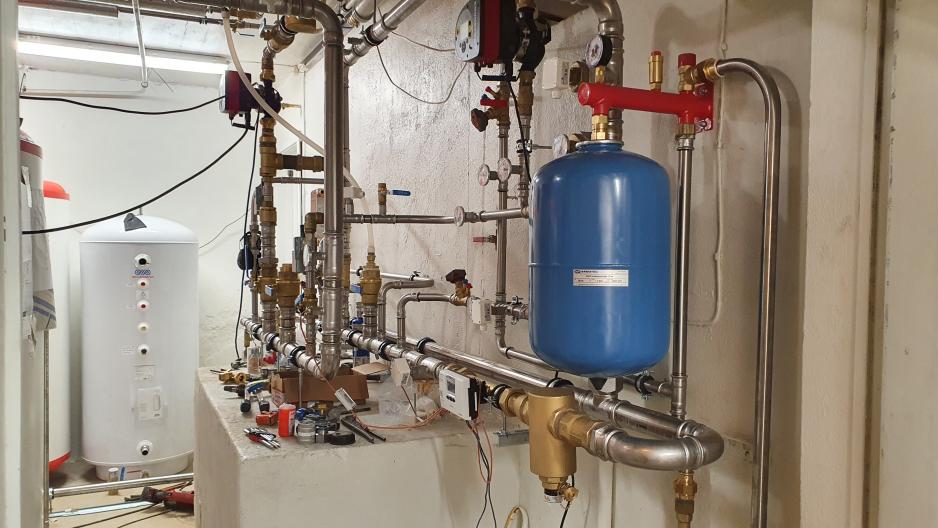
Thermic storage: The thermal storage at Isfjord Radio is under construction. A thermal storage is a heat battery. At Isfjord Radio, this consists of twelve large “thermoses” storing surplus heat in the form of hot water produced from the diesel aggregates. (Photo: Mons Ole Sellevold)
Store Norske is listed as main applicant and project manager. Along with SINTEF, Svalbard University Center, Longyearbyen Locan Council and Cicero, they have worked throughout the spring with gathering a group of cooperation partners about a strategy and writing the application. All in all, there are 17 business actors in the group, in addition to research institutions and reference groups.
They expect a decision by mid-September.
“If we were to be granted funding, this would be an initial boost of something we have long wanted to make happen in Longyearbyen: Developing a competence and test center while also becoming an exporter of renewable energy solutions for the Arctic”, Nygård says.
Energy in Longyearbyen
The Norwegian government has decided to phase out the coal power plant in Longyearbyen. Depending on the solution selected, a new energy plant may be in place within two to five years.
The current energy plant has major maintenance costs and high CO2 emissions.
The Norwegian government will present an energy plan for Longyearbyen in its 2022 State Budget.
The Svea Nord mine has been shut down, and Mine 7 – Store Norske’s last coalmine – is to be liquidated in relation to the energy plant getting new energy sources. Store Norske and Longyearbyen thus have to find other sources than coal on which to rely.
This article was originally published in Norwegian and has been translated by HNN's Elisabeth Bergquist.



